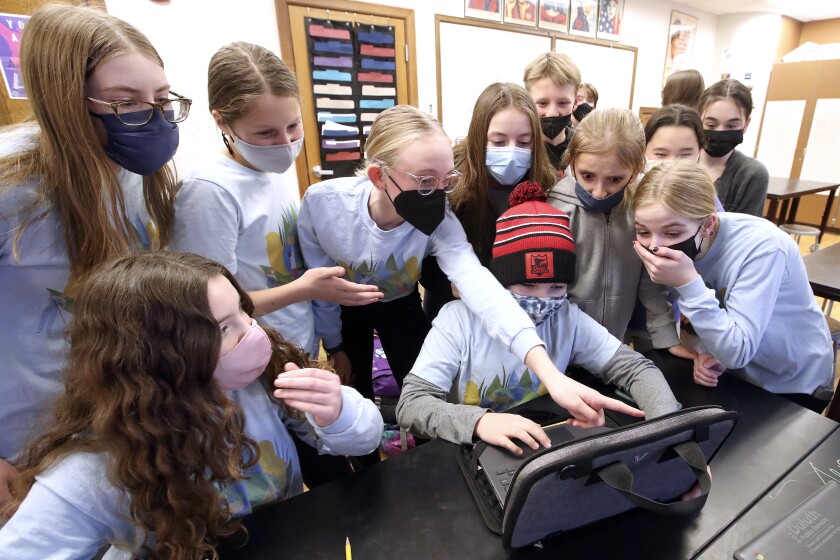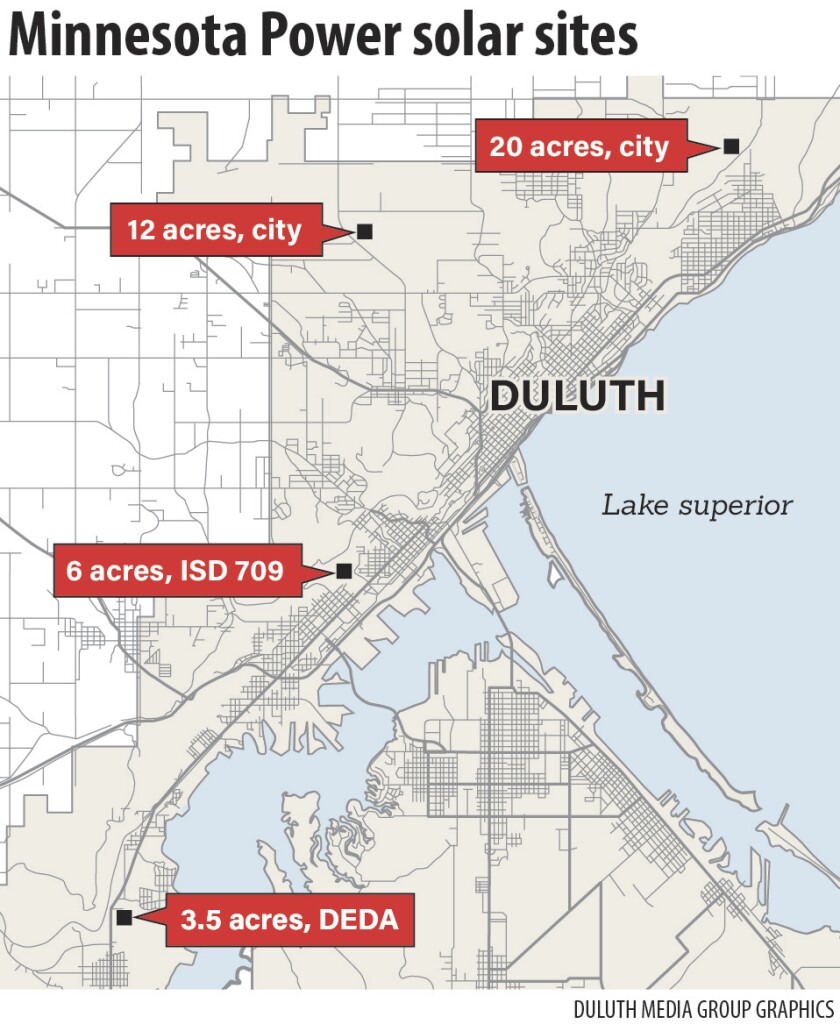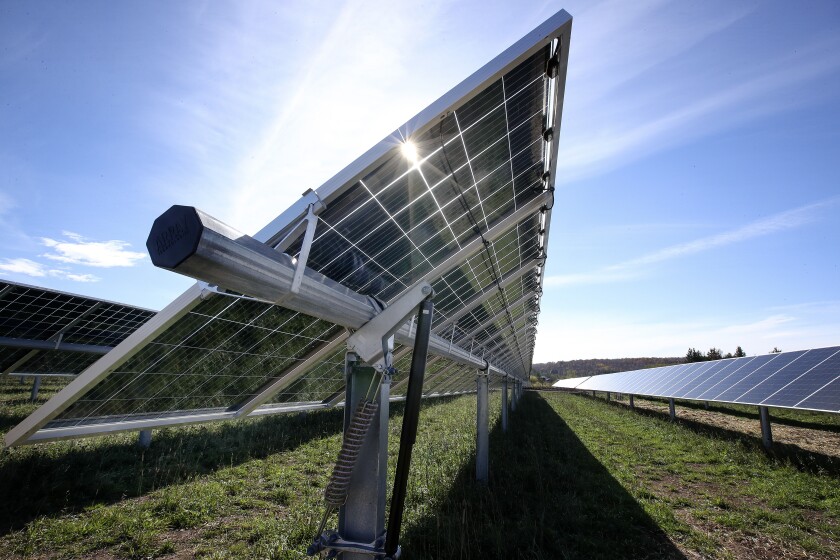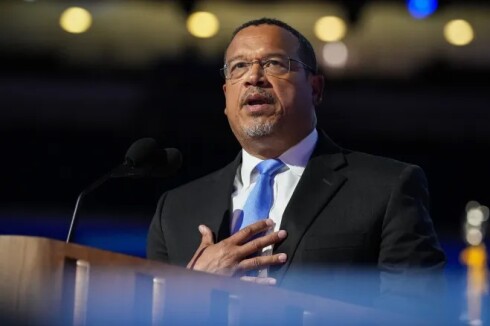DULUTH — After several years of student and community advocacy, Duluth Public Schools is finalizing plans for two solar projects on district property.
In 2018, sixth grade students began urging the school board to incorporate renewable energy by pursuing a Solar for Schools Grant from the Minnesota Commerce Department. The Ordean Middle School students formed the Climate Club and then founded another Climate Club when they started at East High School. They’ve rallied students to speak at school board meetings and lobby local legislators.
ADVERTISEMENT
Twin sisters Mauren and Zoe Pierson, seniors at East, were among the first members of the Climate Club in middle school.
“I think it just starts from passion about being outdoors,” Zoe said. “We were basically raised at Chester Park.”

The Piersons’ interest in the solar project stems from their greater interest in sustainability and climate change — a concern that deeply troubles some of her peers as well. “The threat that a warming planet affects the rest of our lives,” Zoe said.
Mauren said some of her classmates on the ski team have had to practice on human-made snow. Students have said they don’t want to have children or go to college because of the threat of climate change in their future, she said.
“We’re feeling these fears, but this is something we’re doing,” Mauren said of the Climate Club.
Residents and Climate Club members were among the speakers advocating for the solar array during the Duluth School Board’s listening session Tuesday night.
The array was initially planned at Stowe Elementary, but its roof will not be able to sustain the weight of solar panels due to the roof’s need for additional insulation.
ADVERTISEMENT
The District Services Center, located on the former Central High School property, has been identified as a possible home for the array, Superintendent John Magas said.

About $600,000 remains from the original bonding, which can only be spent on construction at that site. This would be used as a match for the Solar for Schools Grant; the application is due Dec. 30. The district would spend about $900,000 to build a transportation bay on the property and would not have to dip into the general fund for the project, Magas said.
The Solar for Schools Grant requires two applications, including a readiness assessment that had to be filed in July. The full grant application is due by Dec. 30.
The Inflation Reduction Act allows K-12 school districts to leverage federal tax credits to help to fund investments in clean energy infrastructure and reduce cost. Magas said it may take up to three years to get the Inflation Reduction Act money back.
Mauren Pierson said progress on the solar array “would show where the school’s priorities lie. Overall, it’s just a really good step for Duluth.”
District teams up with Minnesota Power
The district’s second solar project is a partnership with Minnesota Power in which the utility would use and rent district land next to Lincoln Park Middle School. The district would either lease the land to Minnesota Power or receive energy from the solar array and receive a discount on its utility bill.

According to a request for proposal published in the Duluth News Tribune in November, the district, the city and the Duluth Economic Development Authority are partnering on an approximately 10-megawatt solar development that includes four sites within city limits. Each property is owned by one of the partnering entities and is located in a low- to moderate-income area, on park land or on a school district parcel (Lincoln Park Middle School).
ADVERTISEMENT
In 2025, Minnesota Power will open a request for proposals for new solar energy generation sites to add to its grid capabilities. The Duluth-based utility is looking to add 56-85 megawatts of solar to its portfolio by 2030.
According to the Minnesota Commerce Department, the state is ranked 13th for installed solar capacity and 11th in total number of solar schools, with more than 23 megawatts of solar installed across nearly 190 schools. Since the launch of Solar for Schools two years ago, at least 92 Minnesota schools have been awarded grants.
















